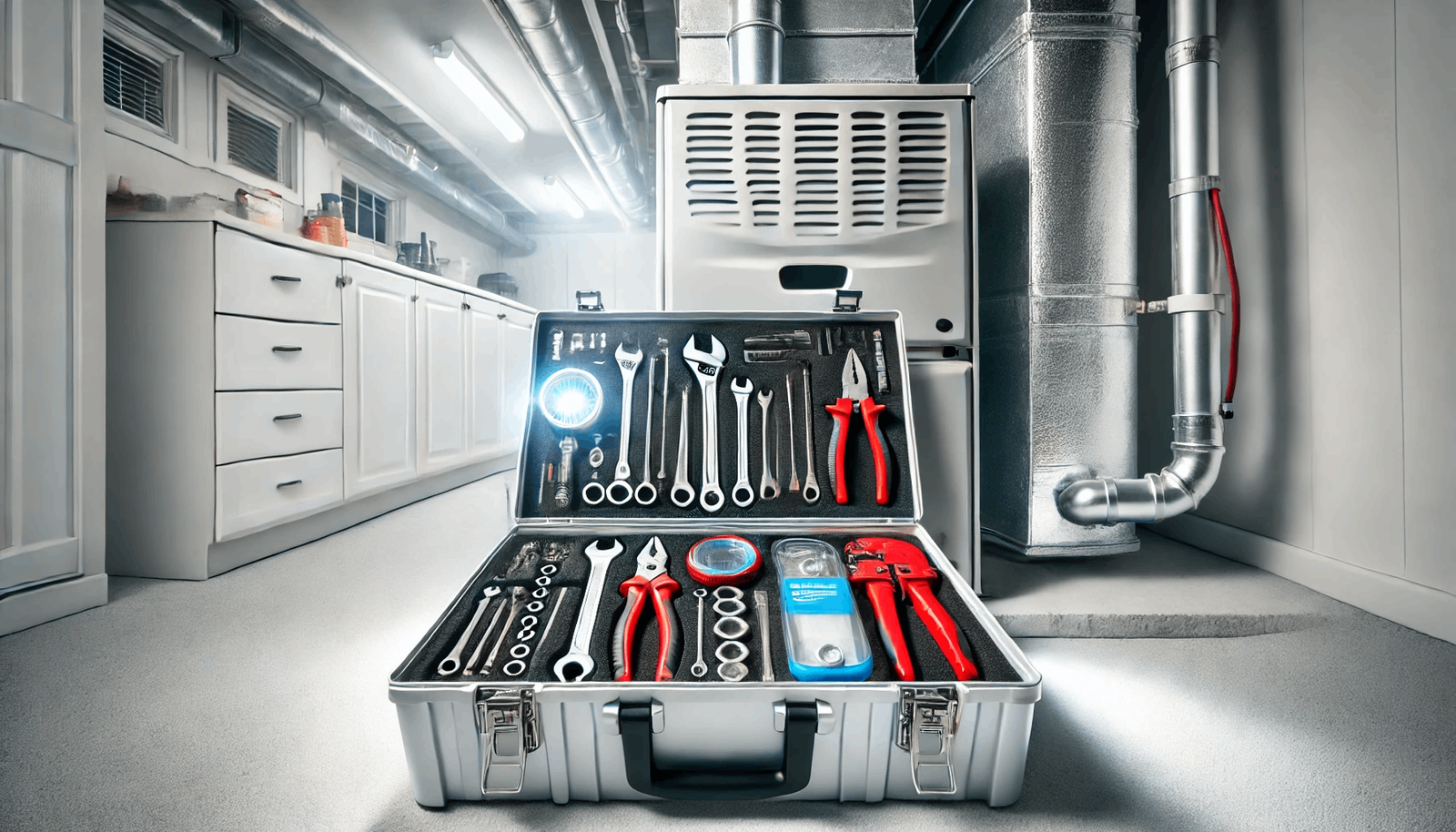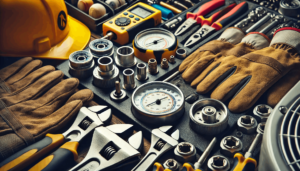Introduction
As a homeowner, ensuring your furnace operates efficiently is crucial for maintaining a comfortable and safe living environment, especially during the colder months. Furnace repair can often feel overwhelming, particularly when issues arise unexpectedly. This comprehensive guide will equip you with the essential knowledge you need to understand your furnace, recognize signs that repair is needed, and identify common issues that can affect its performance. Additionally, we’ll provide tips on finding a reliable furnace repair service, ensuring you get the help you need when it matters most. By being informed, you can save time, reduce repair costs, and keep your home warm and cozy all winter long.
Understanding Your Furnace

When it comes to maintaining a comfortable home during the colder months, understanding how your furnace works is essential. A furnace is a critical component of a home’s heating system, and knowing its basics will help you make informed decisions when furnace repair becomes necessary. In this section, we’ll explore what a furnace is, how it works, and the common types of furnaces that homeowners use.
What is a Furnace?
A furnace is a heating appliance that uses air, steam, or water to generate and distribute heat throughout a building. Furnaces are usually part of a broader HVAC (heating, ventilation, and air conditioning) system, working to keep homes warm during the winter months. Most furnaces are fueled by natural gas, but there are also options that run on electricity, propane, or oil.
Furnaces are designed to heat air directly, which is then circulated throughout your home using ducts and vents. They are available in various sizes and efficiencies, which makes it crucial for homeowners to choose the right type of furnace that matches their specific heating needs.
How a Furnace Works
Understanding how a furnace operates can help you identify when something goes wrong. Furnaces work by drawing in cold air, warming it up, and then distributing it back into your living spaces. Here’s a basic overview of the furnace heating process:
- Thermostat Activation: When the temperature inside your home drops below the set point on the thermostat, it triggers the furnace to start.
- Ignition Process: For gas furnaces, an ignition source (either a pilot light or electronic ignition) lights the gas burners. Electric furnaces, on the other hand, use electric heating elements to generate heat.
- Heat Exchanger: Once ignited, the burners heat the furnace’s heat exchanger, a metal chamber where air passes to absorb the heat.
- Blower Motor: The blower motor pushes the warm air into the ductwork, which then carries the heated air into your home.
- Exhaust: Finally, byproducts of the combustion process, such as carbon monoxide, are vented outside through a flue pipe, ensuring safe operation.
Routine furnace maintenance, like replacing air filters and cleaning the blower motor, ensures that this process continues to run smoothly. When any of these components fail, it can lead to inefficient heating, or worse, a system breakdown.
Common Types of Furnaces
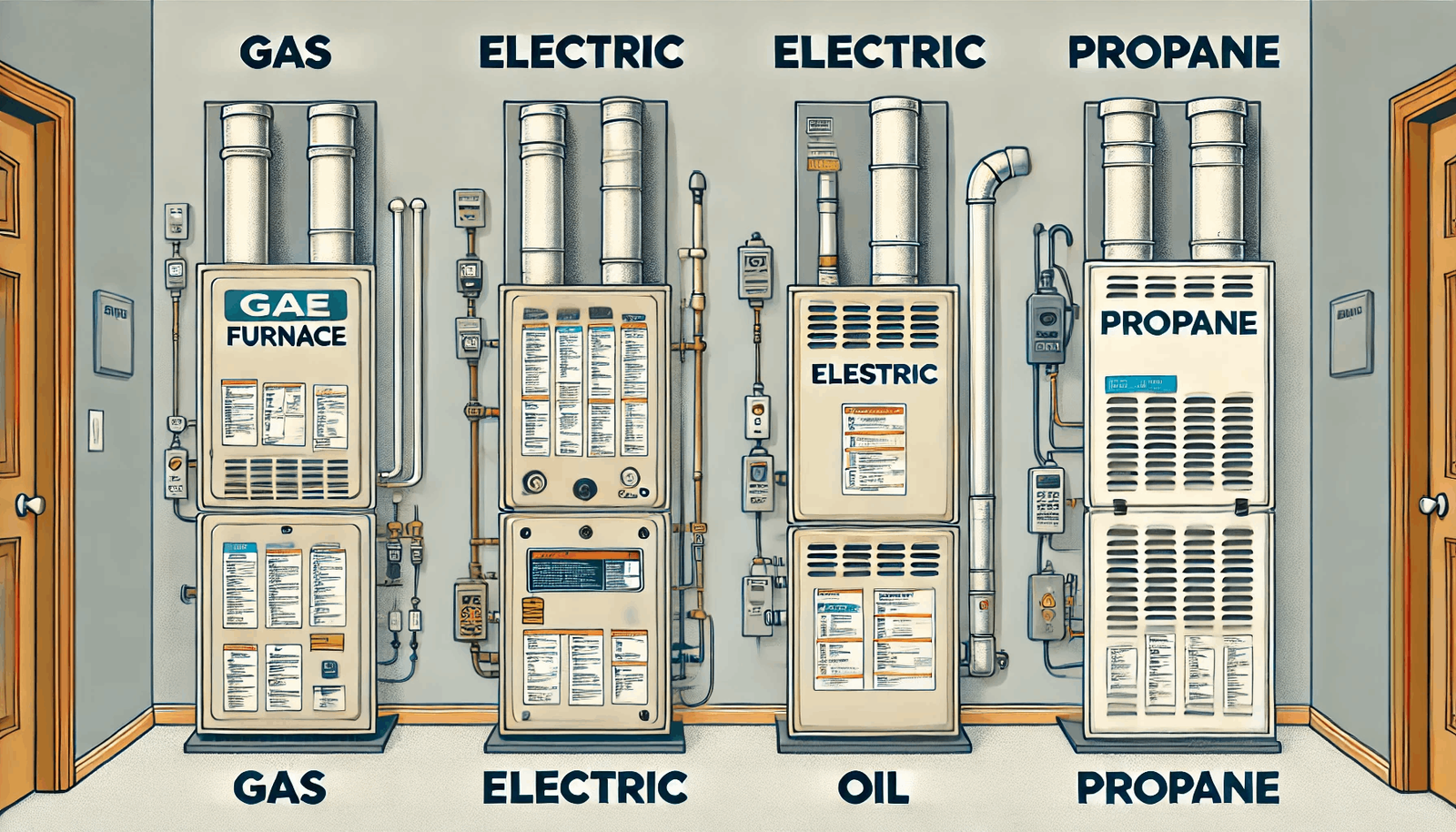
There are several types of furnaces available to homeowners, and each has its advantages and disadvantages. Below are the most common types of furnaces:
- Natural Gas Furnaces: These are the most popular furnaces in North America because they offer an efficient and cost-effective way to heat homes. They use natural gas to fuel the burners that create heat. Gas furnaces are highly efficient, especially modern models that feature condensing technology to reduce energy waste.
- Electric Furnaces: Electric furnaces use electric heating elements to generate heat. They tend to be less efficient than gas furnaces due to the high cost of electricity compared to gas. However, electric furnaces are a good option in areas where natural gas is not available or for smaller homes.
- Oil Furnaces: Oil furnaces are less common today, but they are still used in some areas where natural gas or electricity might not be as readily available. These furnaces burn oil to produce heat, and although oil furnaces can be efficient, they usually require more maintenance than gas or electric models.
- Propane Furnaces: Similar to natural gas furnaces, propane furnaces use propane as their fuel source. They are often used in rural areas where natural gas isn’t accessible. Propane furnaces offer efficient heating and are a solid choice for off-the-grid homes.
- Dual Fuel Systems: These hybrid systems combine the efficiency of a heat pump with a backup gas furnace. They automatically switch between the two heating methods depending on the outside temperature, maximizing energy efficiency.
By knowing the type of furnace you have or are considering for your home, you can make better decisions about its repair, replacement, and maintenance needs. Each type of furnace has different characteristics that impact repair costs, efficiency, and longevity, so being informed will help you choose the best furnace for your home.
Signs Your Furnace Needs Repair
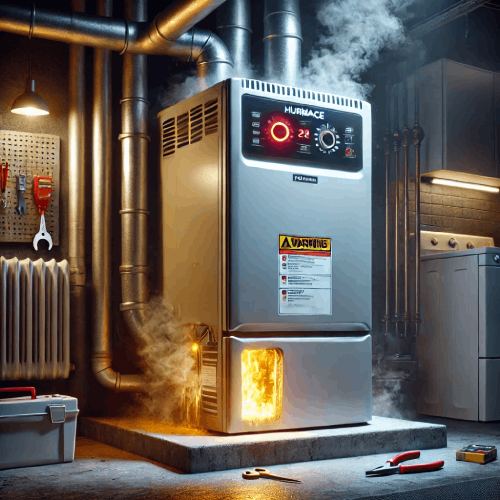
Keeping an eye on the performance of your furnace is essential to prevent more significant and costly issues down the road. Timely furnace repair can improve efficiency, prevent system breakdowns, and ensure your home remains warm throughout the colder months. Knowing the warning signs can help you identify when it’s time to call for professional help. In this section, we’ll look at four key indicators: unusual noises, inconsistent heating, increased energy bills, and a yellow burner flame.
Unusual Noises
One of the most common signs that your furnace needs repair is the presence of unusual noises. Furnaces typically make some level of noise during operation, but certain sounds may indicate underlying problems:
- Banging or Popping: These noises often result from expanding and contracting air ducts. However, banging could also indicate that the burner is dirty and needs cleaning or that there’s a problem with the ignition system.
- Squealing or Whining: A high-pitched squeal usually signals issues with the blower belt, which could be worn or misaligned. The motor bearings may also be failing.
- Rattling: If you hear rattling, it may be due to loose components, or worse, a crack in the heat exchanger. A cracked heat exchanger can be dangerous as it could potentially lead to carbon monoxide leaks.
- Grinding: A grinding sound is an immediate red flag and is usually linked to problems with the blower motor, such as worn-out bearings.
Addressing these noises promptly can help prevent further damage to your furnace and ensure safe operation throughout the winter months.
Inconsistent Heating
Inconsistent heating is another telltale sign that your furnace requires attention. Your furnace should provide consistent warmth throughout your home, with no cold spots. If you notice uneven heating, it’s a sign that your furnace may be struggling to distribute warm air properly. Some potential causes include:
- Blocked Vents or Ducts: Dust and debris can accumulate in your ducts, blocking airflow and causing uneven heating. Having your ducts cleaned can solve this issue.
- Faulty Thermostat: If your thermostat is malfunctioning, it may not be communicating correctly with your furnace, resulting in inconsistent heating throughout your home.
- Aging Furnace: Over time, furnaces lose efficiency, and an old unit may no longer have the capacity to heat your entire home effectively.
Inconsistent heating is both uncomfortable and inefficient, driving up your energy costs and reducing your system’s lifespan.
Increased Energy Bills
A sudden spike in your energy bills without a corresponding increase in usage is a strong indication that your furnace is not operating efficiently. When your furnace has to work harder to heat your home, it uses more energy, leading to higher bills. Some common reasons for increased energy consumption include:
- Dirty Air Filters: A clogged air filter restricts airflow, forcing your furnace to work harder to push warm air through the system.
- Wear and Tear: Over time, the components within your furnace, such as the blower motor, can wear out, making your furnace less efficient.
- Leaky Ducts: Leaks in your ductwork can cause heat to escape before it reaches your living spaces, causing your furnace to work overtime to compensate for the lost heat.
Regular furnace maintenance, such as replacing air filters and inspecting ductwork, can help improve energy efficiency and lower your monthly bills.
Yellow Burner Flame
The color of your furnace’s burner flame is a key indicator of its health and safety. A properly functioning gas furnace should produce a blue flame. If the flame is yellow, this is a warning sign of incomplete combustion, which could indicate the presence of carbon monoxide. Potential causes of a yellow flame include:
- Dirty Burners: Dirt and debris can clog the burners, preventing proper combustion.
- Incorrect Gas-to-Air Ratio: Furnaces require a specific mixture of gas and air to burn correctly. An imbalance in this ratio can result in a yellow flame and reduced efficiency.
- Cracked Heat Exchanger: A damaged heat exchanger can lead to carbon monoxide leaks, which are dangerous to your health.
If you notice a yellow flame, it’s important to turn off your furnace and contact a professional immediately. Carbon monoxide is an odorless, colorless gas that can cause serious health issues, including headaches, dizziness, and even death in high concentrations.
Common Furnace Repair Issues

Understanding the common furnace repair issues that arise can help you identify problems early and ensure timely intervention, which may prevent costly repairs down the line. Many furnace problems result from neglecting routine maintenance or regular wear and tear over time. In this section, we will explore four of the most frequent furnace repair issues: dirty air filters, thermostat problems, ignition issues, and blower motor failures.
Dirty Air Filters
One of the simplest yet most common furnace repair issues is dirty or clogged air filters. Air filters are essential to maintaining a clean and efficient HVAC system. They trap dust, dirt, and other particles, preventing them from entering your furnace and being recirculated into your home.
When the air filter becomes clogged, several problems may occur:
- Restricted Airflow: A dirty air filter restricts airflow, causing the furnace to work harder to circulate warm air. This increased strain can lead to system overheating or premature wear of the furnace components.
- Reduced Efficiency: When airflow is restricted, the furnace’s efficiency decreases, which can increase your energy bills.
- Poor Indoor Air Quality: Dirty air filters can no longer effectively trap dust and debris, leading to poor indoor air quality and potential respiratory issues.
Regularly replacing or cleaning your furnace’s air filters (usually every 1-3 months) can help prevent these issues and keep your furnace running efficiently.
Thermostat Problems
Thermostat problems can also lead to furnace repair needs. The thermostat is the control center of your furnace, responsible for signaling the furnace when to turn on and off to maintain the desired temperature in your home. Some common thermostat issues include:
- Improper Calibration: If the thermostat is not calibrated correctly, it may not accurately detect the temperature in your home, leading to inconsistent heating or the furnace cycling on and off frequently.
- Dead Batteries: For thermostats that use batteries, dead or low batteries can prevent the thermostat from functioning correctly. Replacing the batteries can often resolve the issue.
- Wiring Issues: Loose or faulty wiring can cause communication problems between the thermostat and the furnace, leading to erratic behavior or the furnace not turning on at all.
If your furnace is experiencing problems with inconsistent heating or not turning on, checking the thermostat should be one of the first troubleshooting steps.
Ignition Issues
Modern furnaces typically use one of two types of ignition systems: a pilot light or an electronic ignition. Ignition problems are one of the most common furnace repair issues and can prevent your furnace from producing heat.
- Pilot Light Problems: Furnaces with a standing pilot light can encounter issues if the pilot light goes out. This could happen due to a draft, a dirty pilot orifice, or a malfunctioning thermocouple. Relighting the pilot may solve the problem, but if it frequently goes out, a technician should inspect the system.
- Electronic Ignition Problems: Furnaces with an electronic ignition system use a hot surface ignitor or intermittent pilot to start the heating process. Over time, these components can wear out or fail. For example, a hot surface ignitor may crack or stop heating, preventing the furnace from igniting the burners. In such cases, replacing the ignitor is often required.
Addressing ignition issues promptly is crucial to restore heat to your home and prevent potential safety hazards.
Blower Motor Failures
The blower motor in your furnace is responsible for circulating warm air throughout your home. If the blower motor fails, your furnace may still generate heat, but the warm air won’t be distributed properly, leading to uneven heating or no heat at all.
Some common causes of blower motor failure include:
- Overheating: If the blower motor is working too hard due to restricted airflow (e.g., from a dirty air filter) or another issue, it can overheat and shut down.
- Worn-Out Motor Bearings: Over time, the motor’s bearings can wear out, leading to grinding or squealing noises and eventual motor failure.
- Electrical Issues: Faulty wiring or problems with the motor’s capacitor can cause the blower motor to stop working.
If you notice that your furnace is running, but there is no airflow coming through the vents, or if the blower motor is making unusual noises, it’s a sign that the blower motor may need repair or replacement.
Finding the Right Furnace Repair Service
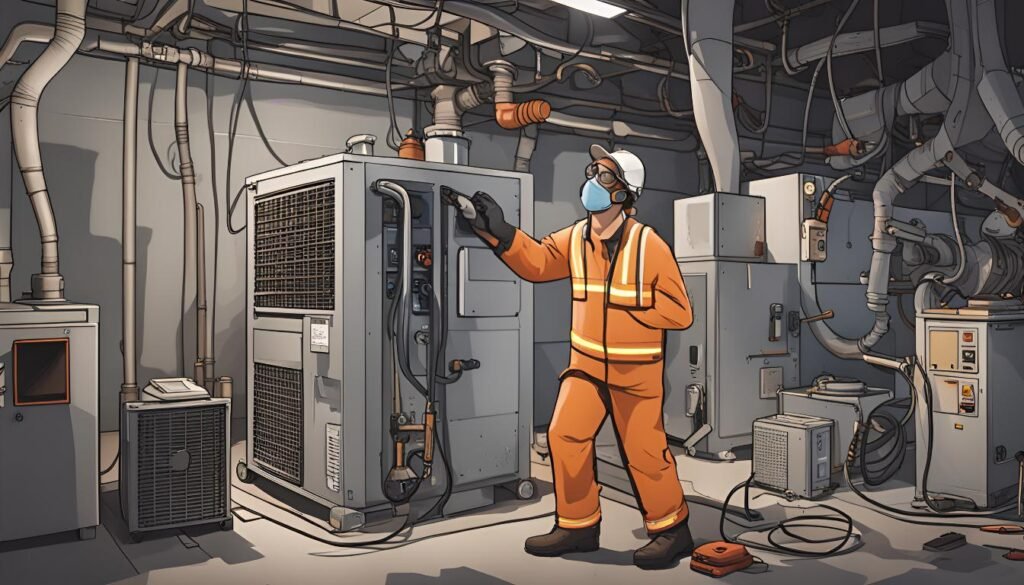
Choosing the right furnace repair service is crucial to ensuring your heating system functions efficiently and lasts for years. Given the complexity of modern furnaces, it’s essential to hire a qualified technician who can diagnose and repair any issues accurately. Below, we’ll explore some critical aspects to consider when searching for a reliable furnace repair service: questions to ask potential technicians, the importance of licensing and certification, reading customer reviews and testimonials, and understanding service contracts and warranties.
Questions to Ask Potential Technicians
Before hiring a furnace repair technician, it’s important to ask a few key questions to determine their competence and reliability. Here are a few questions you should consider:
- What experience do you have with furnace repair? Experience is one of the most important factors in selecting a technician. Ask how many years they’ve been in business and their specific experience with your furnace brand or model.
- Do you offer emergency services? Furnaces can break down at the most inconvenient times, especially during the coldest months. Make sure the technician or company offers 24/7 emergency repair services in case you need help outside of regular business hours.
- Can you provide a detailed estimate? Before agreeing to any repairs, ask for a written estimate outlining the cost of parts and labor. This will prevent any surprises when it comes time to pay.
- Do you offer guarantees or warranties on your work? A reputable technician should stand behind their work with a warranty. Ask for details on what is covered and for how long.
Asking these questions can help ensure you’re hiring a technician with the experience and qualifications needed to properly repair your furnace.
Importance of Licensing and Certification
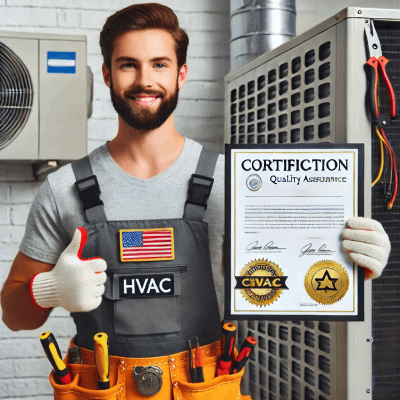
Licensing and certification are essential factors when choosing a furnace repair technician. These credentials indicate that the technician has undergone the necessary training and passed the required exams to perform HVAC repairs. Hiring a licensed and certified professional helps ensure that:
- Compliance with Local Codes: HVAC technicians are required to follow local and national building codes to ensure the safety of your home. Hiring a licensed professional guarantees that they are familiar with these regulations.
- Safety and Quality: Certified technicians have been trained to handle the complexity of furnace systems safely. They understand how to work with electrical components, gas lines, and other sensitive areas of your heating system.
- Liability Protection: Hiring an unlicensed technician can lead to problems if something goes wrong during the repair process. A licensed technician is more likely to carry insurance, protecting you from liability in case of accidents or damages.
Before hiring a technician, ask for their license number and verify it with your local licensing authority. This will give you peace of mind knowing that the technician is qualified to perform the necessary repairs.
Reading Reviews and Testimonials
One of the best ways to gauge the quality of a furnace repair service is by reading reviews and testimonials from previous customers. Online reviews on platforms such as Google, Yelp, and Facebook can provide valuable insight into the experiences of others who have used the service. When reading reviews, look for the following:
- Consistency of Feedback: Pay attention to recurring themes in the reviews. If multiple customers mention the same issue—such as poor communication or high prices—it’s a red flag.
- Positive Experiences: Look for reviews that emphasize the technician’s professionalism, punctuality, and quality of work. A company with mostly positive reviews is more likely to provide reliable service.
- Resolution of Complaints: If there are negative reviews, check how the company responded. A good furnace repair service will address customer complaints professionally and work to resolve issues promptly.
By reading reviews and testimonials, you can get a clearer picture of the company’s reputation and customer service.
Understanding Service Contracts and Warranties
When choosing a furnace repair service, it’s essential to understand the terms of any service contracts or warranties offered. These agreements can provide added protection for your furnace system and help you avoid unexpected repair costs in the future. Here’s what to look for:
- Service Contracts: Some HVAC companies offer service contracts that include regular maintenance visits and discounted repair rates. These contracts can be a good investment if you want to ensure your furnace is maintained properly and avoid breakdowns. Make sure the contract includes all necessary services, such as seasonal tune-ups and filter replacements.
- Manufacturer’s Warranty: If your furnace is still under the manufacturer’s warranty, repairs may be covered. However, warranties often have specific conditions, such as using licensed technicians for repairs and performing regular maintenance. Before hiring a technician, check whether the service will be covered under the warranty.
- Labor and Parts Warranty: In addition to the manufacturer’s warranty, many HVAC companies offer warranties on their labor and the parts they install. These warranties can vary in length and coverage, so be sure to ask for details and keep a copy of the warranty in case you need future repairs.
Understanding the terms of these contracts and warranties can help you avoid unexpected expenses and ensure that your furnace is covered in case of future problems.
Conclusion
In conclusion, understanding the basics of furnace systems and recognizing the signs of potential problems are essential for every homeowner. Regular maintenance, timely repairs, and choosing the right furnace repair service can significantly extend the life of your furnace, improve energy efficiency, and ensure consistent comfort throughout your home. By addressing common repair issues—such as dirty filters, thermostat malfunctions, and ignition problems—promptly, you can prevent larger and more costly breakdowns. Additionally, finding a qualified, licensed, and reputable HVAC technician ensures the job is done right, offering peace of mind during the cold months. Homeowners should also take the time to review service contracts and warranties to ensure they are covered for future repairs or replacements.
Staying informed about furnace repair not only saves money but also contributes to the safety and efficiency of your home’s heating system. By being proactive and knowledgeable, you can maintain a warm and comfortable environment year-round.
Resources
- U.S. Department of Energy – Home Heating Systems
- Energy Star – Energy-Efficient Home Heating
- American Society of Heating, Refrigerating and Air-Conditioning Engineers (ASHRAE) – Heating Systems Overview
- Popular Mechanics – How Your Home Furnace Works
- Family Handyman – Troubleshooting Common Furnace Problems
- This Old House – Basic Furnace Maintenance
- Better Business Bureau (BBB) – Tips for Hiring a Heating Contractor
- Angi (formerly Angie’s List) – Guide to Hiring HVAC Companies
- North American Technician Excellence (NATE) – Why Choose a NATE-Certified Technician
- U.S. Environmental Protection Agency (EPA) – HVAC Licensing Requirements
- National Association of Home Builders (NAHB) – Importance of Routine Maintenance for HVAC Systems
- ENERGY STAR – Heating Maintenance Tips
- Centers for Disease Control and Prevention (CDC) – Carbon Monoxide Poisoning Prevention
- National Fire Protection Association (NFPA) – Heating Safety Tips
- Yelp – Find Local HVAC Services
- Google Maps – Nearby HVAC Contractors

